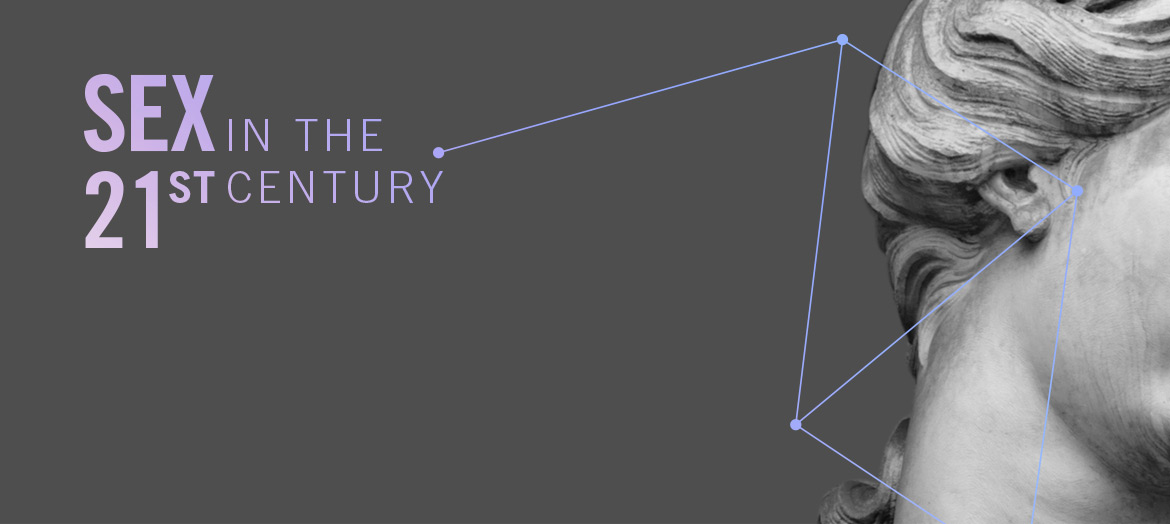Female orgasmic disorder
Overview:
Anorgasmia is a female sexual orgasmic disorder in which there is persistent and consistent inability to achieve orgasm after adequate stimulation that causes personal distress. Approximately 15% of women report difficulties with orgasm, and approximately 10% of women in the United States have never climaxed. Many women who orgasm regularly only have orgasm about half to three-quarters of the time. Anorgasmia is more common in women than in men. Anorgasmia is more common in younger women compared to younger men. Primary anorgasmia is used to define the condition of never having experienced orgasm while secondary anorgasmia is used to describe a woman who once experienced orgasm but lost the ability.
Causes:
Anorgasmia can be caused by psychologic problems. Anorgasmia can also be caused by medical problems such as diabetic neuropathy, multiple sclerosis, genital mutilation or complications from spinal cord injury, genital surgery, total hysterectomy, pelvic trauma, hormonal issues such as low testosterone, low estrogen or low thyroid. A common cause of anorgasmia in women is the use of anti-depressants, particularly selective serotonin reuptake inhibitors (SSRIs). It is estimated that 15-35% of users of selective serotonin reuptake inhibitors are affected by anorgasmia. Very often anorgasmia is secondary to both psychologic and physiologic causes.
Symptoms:
Anorgasm is persistent and consistent inability to achieve orgasm after adequate stimulation. Some women with primary anorgasmia have no personal distress. These women may view sexual activity as pleasant despite their inability to orgasm because they achieve reward from touching, holding, kissing, caressing, and getting and giving attention.
Some women with primary anorgasmia have great personal distress. These women cannot achieve orgasmic release of sexual tension and may even experience pelvic pain because of genital vascular engorgement. When a woman has sexual activity that is not accompanied by orgasmic release, sexual activity may become a chore or a duty rather than a mutually satisfying, intimate experience. In such circumstances, sexual desire often declines, and sexual activity can result in resentment and relationship conflict. Women with anorgasmia and personal distress should consider undergoing a combined psychologic and physiologic sexual medicine evaluation.
Some women who once had the ability to have orgasm develop secondary anorgasmia from psychologic issues such as drug addiction or alcoholism, depression, grief or loss. Some women develop secondary anorgasmia from physiologic issues such as diminished genital sensation, pelvic surgery or injuries, sexual pain, vaginal dryness, reduced sexual arousal, hypoactive sexual desire disorder, medications especially SSRI’s and oral contraceptives, chronic illnesses, or low testosterone, low estrogen, and/or low thyroid hormonal states. Whether a woman has psychologic-based or physiologic-based anorgasmia, if she has associated personal distress a combined psychologic and physiologic sexual medicine evaluation should be considered.
Women may develop a situational form of secondary anorgasmia in which the woman is more easily orgasmic in some situations (certain partner and certain type of foreplay) and cannot achieve orgasm in other situations. These variations are not usually associated with great personal distress. Should situational secondary anorgasmia cause personal distress, a combined psychologic and physiologic sexual medicine evaluation should be considered.
Diagnostic Tests:
Physiologic approaches to improving orgasmic function focus on ruling out contributing medical causes. Blood testing should be considered for sex hormone levels such as testosterone, sex hormone binding globulin, dihydrotestosterone, LH, FSH, estradiol, progesterone, prolactin, and TSH. These blood tests will assess ovarian function, pituitary function and thyroid function.
Treatment:
Psychologic approaches to improving orgasmic function focus on the woman exploring psychologic factors such as hypoactive sexual desire disorder, depression, poor arousal, anxiety, fatigue, emotional concerns, past trauma and abuse history, cultural and religious prohibitions feeling excess pressure to have sex, or a partner’s sexual dysfunction such as erectile dysfunction or premature ejaculation. Sex therapy includes teaching the use by couples of manual or vibrator stimulation during intercourse, or using the female-above position as it may allow for greater stimulation of the clitoris and it allows the woman better control of movement. Sex therapy may focus on mindfulness strategies and yoga exercises. Sex therapy also assist the woman examine and realign expectations of orgasm. Emotional intelligence, or knowledge of one’s own mood or sense of being is important for orgasm function.
FDA approved Treatment options:
Physiologic approaches to improving orgasmic function focus on ruling out contributing medical causes, such as switching medications if appropriate or treating urinary incontinence if appropriate.
Off label Treatment options:
Medications that may help with orgasmic function include dopamine agonists (drugs that raise dopamine), oxytocin, phosphodiesterase type 5 inhibitors and alpha-2 receptor blockers such as yohimbine hydrochloride.
In many cases the combined psychologic and physiologic approaches to resolving the orgasmic dysfunction make the most sense.
References:
Dhikav V, Karmarkar G, Gupta R, Verma M, Gupta R, Gupta S, Anand KS. Yoga in Female Sexual Functions. J Sex Med. 2009 DOI 10.1111/j.1743-6109.2009.01580.x.
Burri AV, Cherkas LM, Spector TD. Emotional intelligence and its association with orgasmic frequency in women. J Sex Med. 2009 Jul;6(7):1930-7.
Herbenick D, Reece M, Sanders S, Dodge B, Ghassemi A, Fortenberry JD. Prevalence and characteristics of vibrator use by women in the United States: results from a nationally representative study. J Sex Med. 2009 Jul;6(7):1857-66.
